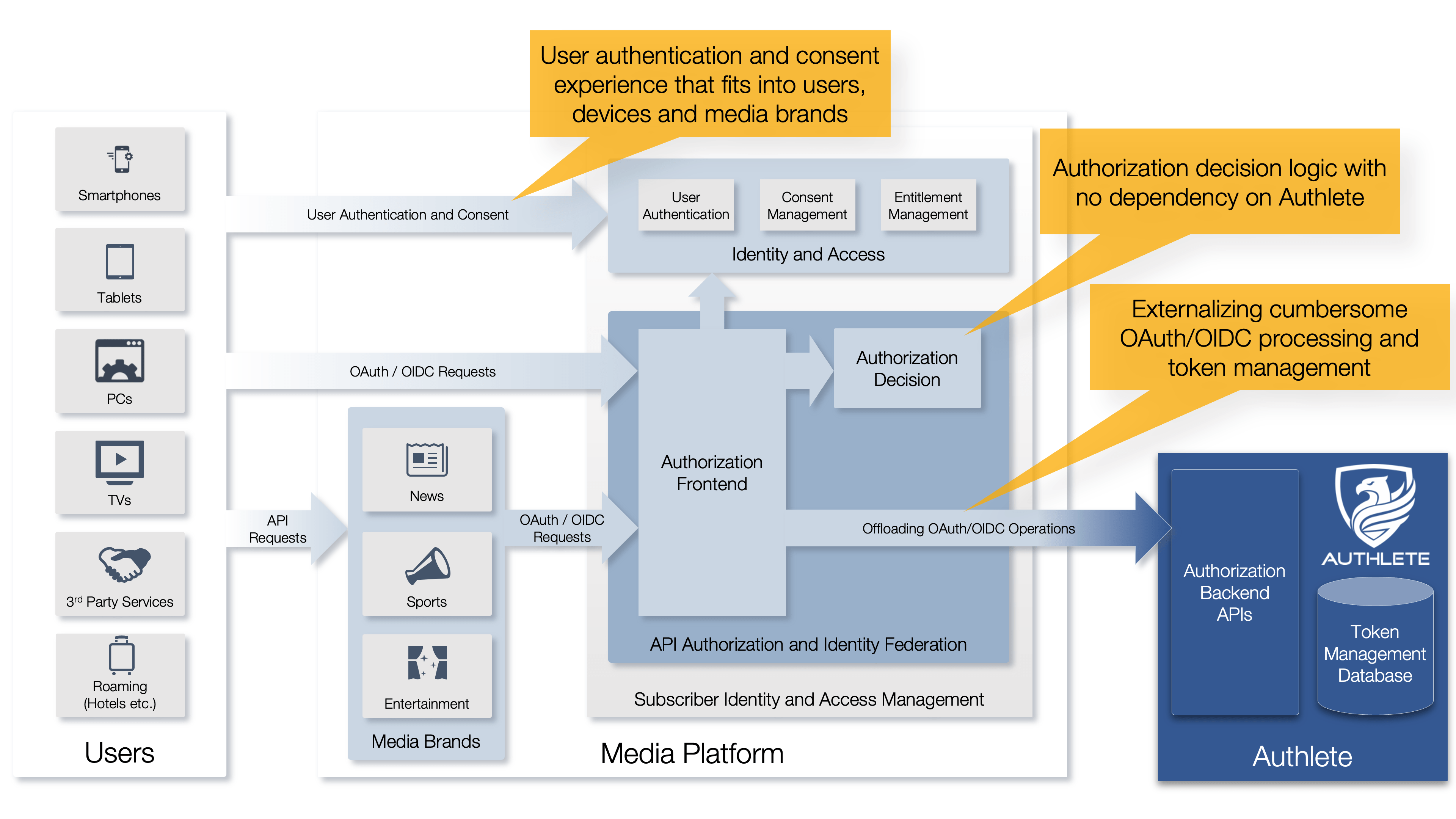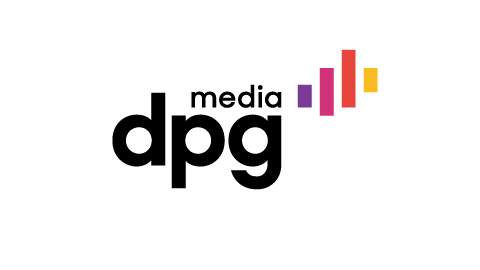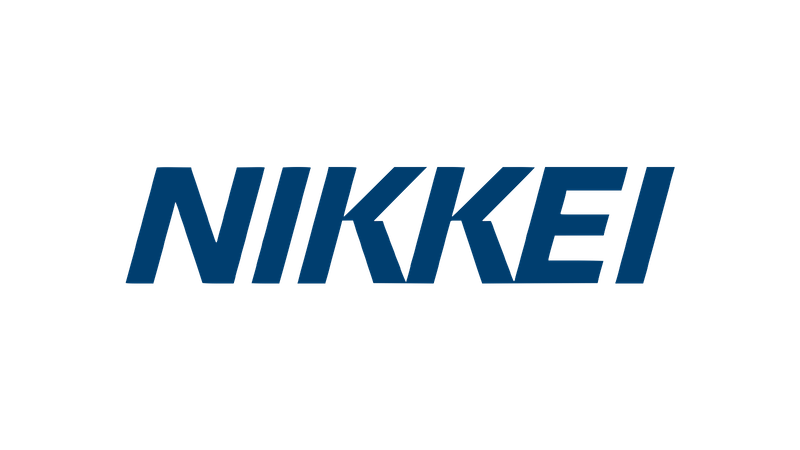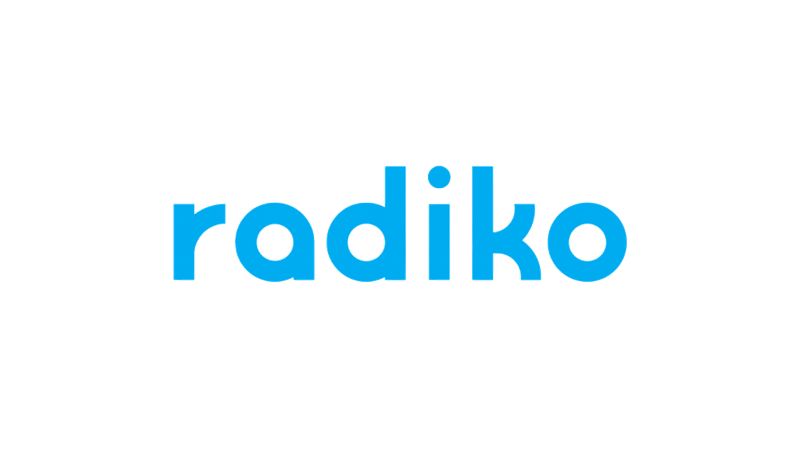Delivering Optimal Content Tailored to the Needs of Subscribers and Viewers Across a Variety of Channels

Identity and access management for both subscribers and viewers is the cornerstone for understanding usage trends and delivering optimal content through the appropriate channels. In addition to standard customer identity and access management (CIAM), an identity platform for media services is expected to address the following requirements:
- Multi-channel support: Consumers use a variety of devices to access content, including desktops, smartphones, tablets, TVs, and smart speakers. It is essential for media operators to deliver content optimized for each device type. In addition, it is critical to facilitate smooth user authentication and consent management at the point of consumption.
- Harmony with content: Media operators that manage multiple brands may have a need to standardize their customer base, while also desiring to tailor UIs such as login screens and profile management to each brand. And this isn’t a one-time effort – the UI needs to be flexible enough to accommodate updates to existing brands or the addition of new ones.
- Consideration of high traffic: News media often experience unpredictable, sudden spikes in traffic. In TV or streaming media, there are also cases where traffic is deliberately generated through interactive engagement with viewers. Media operators must be prepared to handle such drastic traffic changes.
- Collaboration with third parties: To maximize the value of content, it’s necessary to leverage third-party channels as well as internal ones. For example, by delivering business news to enterprise SaaS platforms and customizing it by department or project team, media operators can create new usage scenarios that would not have been possible on their own. Third-party API authorization that controls content delivery based on user permissions and contract status is critical.
Authlete for Media Platform

Authlete provides the latest OAuth/OIDC implementations as APIs. This allows media operators to offload the development and operation of OAuth/OIDC functions, enabling them to quickly incorporate user authentication and consent verification flows suitable for multi-device and multi-location situations, such as ‘device flow’ and CIBA.
In addition, the authorization server function that controls OAuth/OIDC is completely separate from the user authentication, consent verification and privilege management systems, maximizing administrative flexibility. Authlete operates as a backend service, so that you can build frontend elements such as login screens and API endpoints without relying on Authlete.
Latest OAuth/OIDC Compliance
Authlete keeps up with the latest OAuth/OIDC specifications, allowing media operators to build an API authorization infrastructure that complies with industry-standard specifications without having to implement and operate it themselves.
Contributing to a Consistent Service Experience
As Authlete operates entirely in the backend, media operators can maintain full control over UI/UX aspects such as user authentication and consent.
Balancing Agility and Control
The Authlete API is environment agnostic, allowing media operators to implement the OAuth/OIDC server using their preferred language and framework.
Flexible Deployment Options
Authlete offers three types of service structures - shared cloud, dedicated cloud, and on-premises package. Media operators can choose the deployment option according to the scale and characteristics of the service.



